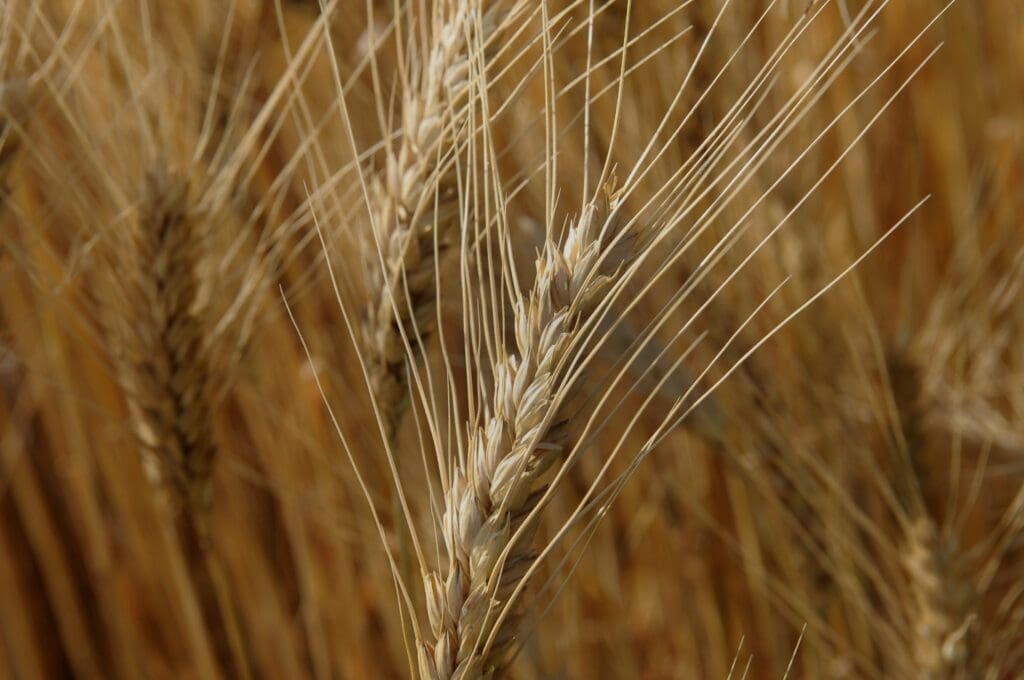The Kansas Agricultural Experiment Station evaluates various wheat types at multiple locations statewide each year to help producers choose the most suitable variety for their region. K-State crop performance test coordinator Jane Lingenfelser notes that while some locations yielded good results, irregular weather patterns negatively impacted wheat production in other areas.
Lingenfelser, an assistant agronomist in Kansas State University’s Department of Agronomy, observed that wheat fields just a few miles apart could vary significantly in yield, with some reaching 80 bushels per acre while others produced only 20. Despite this variability, the state’s average yield for the 2023-2024 season was estimated at 43 bushels per acre, an increase of 8 bushels from the previous year.
The growing season started well for most of Kansas, with favorable conditions boosting early biomass growth. Except in areas around Hays and the far northwest, ample rainfall and early planting led to the strongest fall wheat crop in four years, with some fields showing up to 2,000 pounds of dry matter per acre.
This excess dry matter increased water needs, exacerbated by three years of La Niña weather patterns reliant on in-season rains. Severe cold in January risked winterkill, but snow cover provided protection. Despite a wet winter, drought in central and western Kansas and late spring freezes reduced yield potential, while diseases and pests also impacted crop success.













